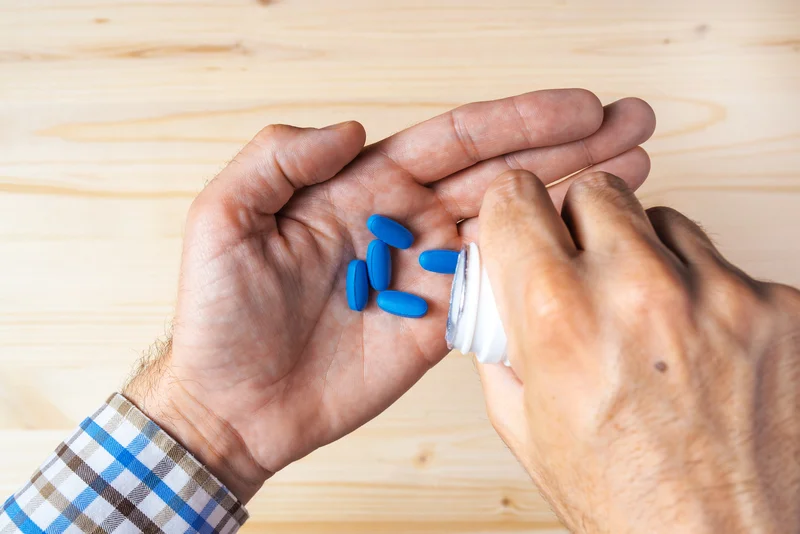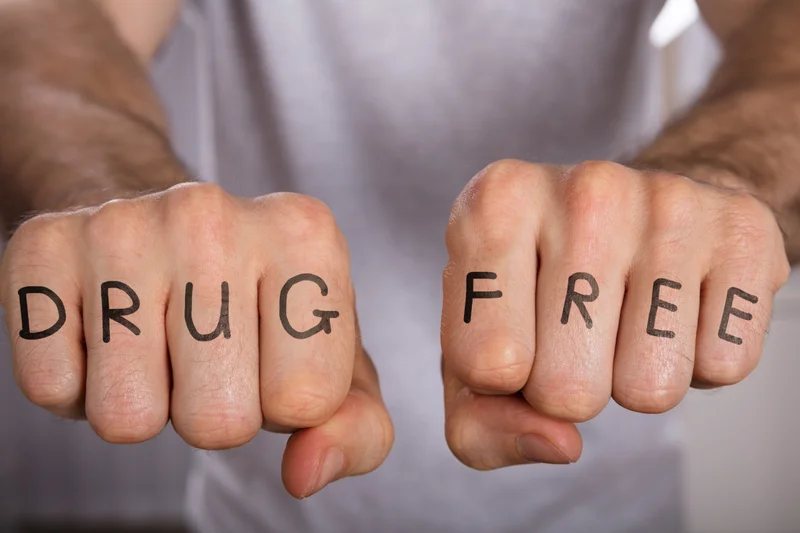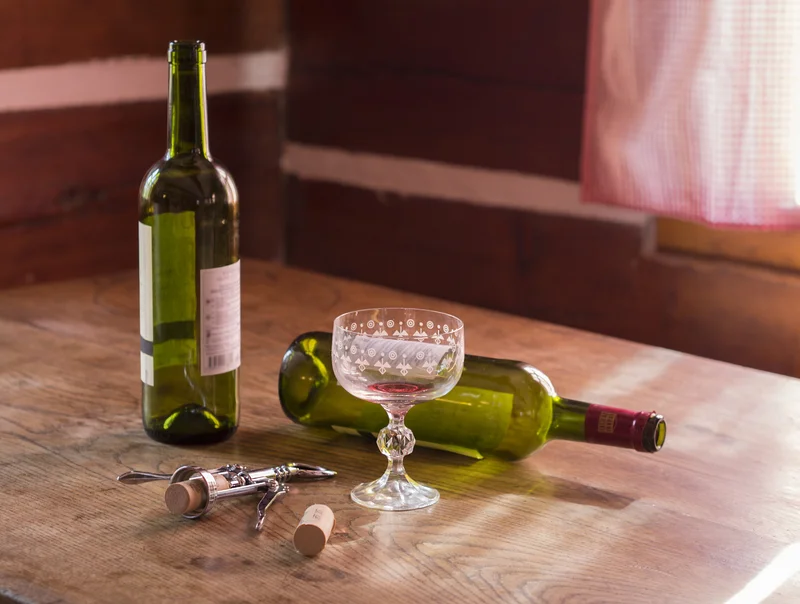
A recent survey of rosacea patients found that 90 percent of responders found that limiting their alcohol consumption helps significantly to reduce sudden outbreaks. When choosing an alcohol addiction treatment center, it’s important to choose one that understands the disease of addiction and the best ways to help promote strong, lasting change. With centers all around Oregon, Serenity Lane makes your physical and mental health our No. 1 priority. That being said, there may be some slight truth to the idea that drinking alcohol can contribute to the development of rhinophyma. Because drinking alcohol has been found to make rosacea worse in some people, it may also contribute to worsening the symptoms of rhinophyma. The best way to combat the physical symptoms of alcoholism is to address the underlying addiction before it becomes too late.
Treatment Options for Alcoholic Nose
- Obviously, this can decrease a person’s quality of life and be a hindrance to daily life and chores.
- Extensive alcohol drinking can drive vessels to dilate in the face and neck, producing a red flushed skin tone.
- If you or someone you know struggles with alcohol addiction, The Hope House can help.
- Some alcohol abusers suffering from jaundice will also experience darkening of the skin around the eyes, mouth, and legs.
However, irregularities in the circulatory and vascular system could contribute to the issue. With that in mind, there are some instances where drinking alcohol frequently could lead to rhinophyma symptoms. Later stages of rhinophyma occur when the blood vessels have burst, and the nose becomes deformed and can only be treated with surgery. This also is not funded by the NHS, and reconstructive surgery can cost drinkers nose photos tens of thousands.

Understanding Rosacea and Alcohol Consumption
- While it’s true that chronic alcohol abuse can lead to many health problems, there is no definitive evidence that drinking alcohol causes the so-called alcoholic nose.
- Finally, acne rosacea advances to late-stage rosacea, and rhinophyma is an aspect of this.
- While alcohol can contribute to rosacea and rhinophyma, it does not seem to cause the conditions in the first place.
- Out of these options, carbon dioxide laser surgery is considered the preferred option because it allows for the most precise removal of excess tissue.
Heavy drinkers suffering from rosacea can implement some tips to reduce flare-ups. Interestingly, red wine is shown to cause the worst flare-ups, likely due to a chemical found in the alcoholic beverage. However, it’s always important to keep in mind that rhinophyma ultimately manifests itself as a side effect of rosacea. People can experience rhinophyma without drinking alcohol or very occasionally drinking it. As you can see from that list, alcohol is a factor that can trigger a rosacea flare-up. In this way, alcohol does have some connection to rhinophyma, although alcohol alone is not the root cause of rhinophyma.
Rhinophyma, Rosacea, And Alcohol Consumption

This condition is actually called “rhinophyma” — Greek for “nose overgrowth” — and causes both a reddening and thickening of the nose. It earned its nickname amphetamine addiction treatment due to a misconception that heavy drinkers are the only ones affected, their nose’s red hue a telltale sign of overindulgence. As discussed above, rosacea can be a main contributing factor to redness and flushing of the cheeks. To understand how rosacea can lead to rhinophyma, it’s important to understand what rosacea is, its symptoms, and how it develops. The liver processes most of the alcohol we drink but is unable to deal with all of it. For heavy drinkers and those with an alcohol use disorder, the remaining alcohol leaves the body via breath, sweat, and urine.
- If you live in Brooksville, Florida and need professional addiction treatment to help you stop drinking alcohol, Springbrook Behavioral Hospital can help.
- One sign of an alcohol nose is an unpleasant odor from the nose that smells like alcohol.
- Topical retinoids might also be recommended for anyone who catches the condition in its early stages.
- Medications may be oral or topical antibiotics designed to treat the underlying rosacea and reduce redness and inflammation.
General Health
These groups are the most likely to suffer from alcoholic nose because the way alcohol affects circulation and skin exacerbates the situation. However, anyone can experience alcohol and non-alcohol-related rosacea it is just more likely in the above groups and people who persistently drink too much alcohol. Rhinophyma is a skin disorder that causes the nose to become enlarged. Some other symptoms include lumpy, thickened skin and broken blood vessels.
Preventing Skin Conditions Like Rhinophyma
Rhinophyma can be effectively treated with surgical techniques such as dermabrasion, electrocautery, and laser therapy. The characteristic appearance of rhinophyma often makes it easy to diagnose with a visual examination. Over time, the number of sebaceous glands and the changes in connective tissue increase, which can result in progressive deformity.
Tips to Combat Alcoholic Nose

Still, many doctors may recommend a multi-solution approach that combines options such as carbon dioxide lasers with dermabrasion to better remove damaged tissue. By contrast, people with more advanced cases may be prescribed topical ivermectin, oral isotretinoin, or brimonidine. If caught in the early stages, however, symptoms can often be managed with medication and lifestyle changes. There is no cure for rhinophyma, and it typically does not go away without surgery.
Wegovy and Alcohol, Can You Drink Alcohol on Wegovy? Wegovy Side Effects With Alcohol.

Despite its name having drinkers’ nose does not mean you are an alcoholic. The real concern is if skin and facial damage is causing you mental health issues, but you don’t feel you can stop drinking to improve the situation. Rhinophyma has historically been referred to as alcoholic nose due to the incorrect belief that alcohol consumption may lead to the condition. That said, alcohol and caffeine can both temporarily dilate blood vessels, which seems to worsen rhinophyma. It’s been a long-held belief that alcohol abuse causes this skin disease, but recent findings have revealed that this is actually a skin condition called rhinophyma. Alcohol consumption can have various effects on the body, one of which is the development of a condition often referred to as drinkers nose or alcohol nose.

Add a Comment